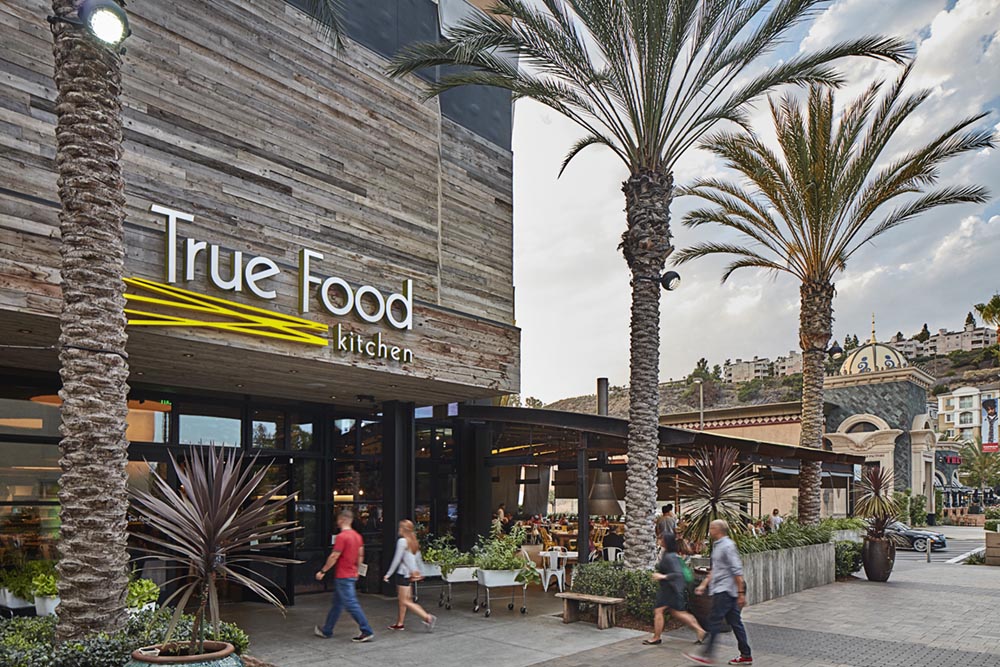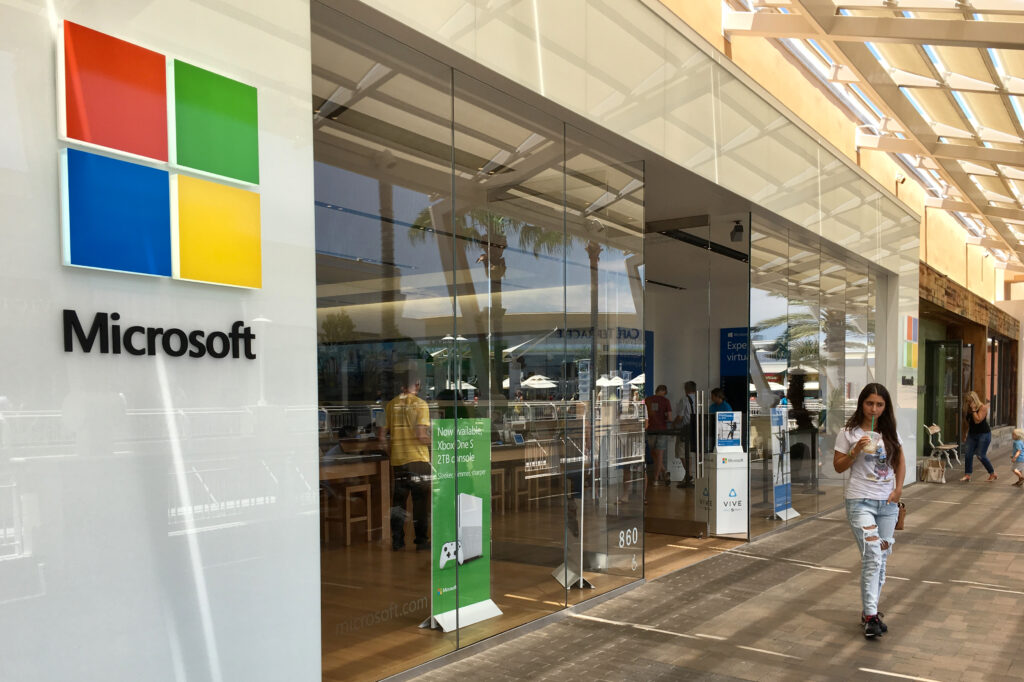

So, if Mission Valley is already “destroyed”, what more can damage it? In the 1970s, “progressive” planning added intensive residential development as well, but with no schools, libraries, or (until relatively late) supermarkets, so that only childless people need to apply. Mike Davis describes it:Ĭoncrete commercial sprawl and huge interstate freeway exchanges engulfed the greenest parts of the valley while the oldest developed portion, the motel and resort strip west of Texas Street, slowly lapsed into a tawdry decrepitude. Drive through Mission Valley as many of us do on a daily basis and you can tell. The conflict all came down to a number of City Council meetings in June of 1958 during which the warring factions of the elites each made their case to the politicians. The old money wanted to focus any redevelopment on the downtown area, a new convention center, a new trendy mall. They had a separate agenda than the older network of wealthy families who had been running the city, like the Jessops and the Marstons – whose wealth came mainly from downtown retail, real estate and banking. The Browns, the Hazards, the Hahns represented the “new money” of San Diego’s elites. (Later Smith would join forces with Ernest Hahn to redevelop the stadium into trendy Fashion Valley Mall.) Arnholt Smith when he persuaded the city council in 1957 to let him move the Padres from harborfront Lane Field to a stadium across from his friend Hazard’s brickyard.

Davis adds:īrown had broken the zoning dike preserving the open space of the valley, and further breaches were opened by Roscoe Hazard when he ignored zoning to expand his brickyard, and by C. Soon after, the Brown family opened other inns and golf resorts which eventually became known as “Hotel Circle”. Brown was first and he was able to build a “private club” in the western end of the valley, called the Town and Country Hotel and Resort. And with the construction of I-8, Mission Valley’s commercial potential was tremendously enhanced. Once the valley was saved from future flooding by the construction of dams up the river, it was clear that more than dairy farms, alfalfa fields and sand-gravel mining pits could survive. “… Mission Valley was terrain for some of the most bitter civic divisions in a generation.” As San Diego expanded, “the river, its valley and estuary lagoon, were the green commons around which might still cohere a metropolis of genuine beauty”. Special Collection, San Diego Public Libraryĭavis recounts how in the Fifties, Mission Valley was still a “magnificent natural ecology” and “constituted an exceptional open space corridor” along with what was then Mission Bay. Noted urbanologist Mike Davis, devotes an entire subsection entitled the “Battle of Mission Valley” in his colloborative book Under the Perfect Sun. In fact, back in the late 1950’s – there was a virtual battle going on over the Valley by two different warring camps of the establishment, different factions of the privileged elite, each with their own development agendas. But this is not the first time there has been conflict over Mission Valley and what direction it should take. This potential conflict over the future of Mission Valley development is only in the ether right now. Ironically then, there’s also another group of “old-timers” – a special group – a group of Mission Valley landowning families – who have their own plans to develop and damage the Valley even further.īut despite all their fancy drawings and brochures, and high-priced architects, the developers could very well ignite a backlash against their projects, a backlash that could possibly stall some of the damage and destruction, a backlash made up of a possible combination of Mission Valley residents, local ecologists, naturalists and San Diegans with common sense. Then the hotels, resorts, golf courses and freeways came and Mission Valley lost its beauty, serenity, and its soul. Some old-timers believe Mission Valley was destroyed a long time ago, when it was a long, lush valley of dairy farms and agricultural fields. If all are built – the total impact would permanently damage Mission Valley to the point where the Valley that we now know would no longer be there.

There are four massive residential and commercial projects and another giant handful of minor ones- all in various stages of blueprints, planning and construction – heading for this landmark river canyon.

If you want to destroy Mission Valley, what’s coming down the development pipeline will surely do it for you. Doug Manchester’s proposed development at the site of the current U-T building.


 0 kommentar(er)
0 kommentar(er)
